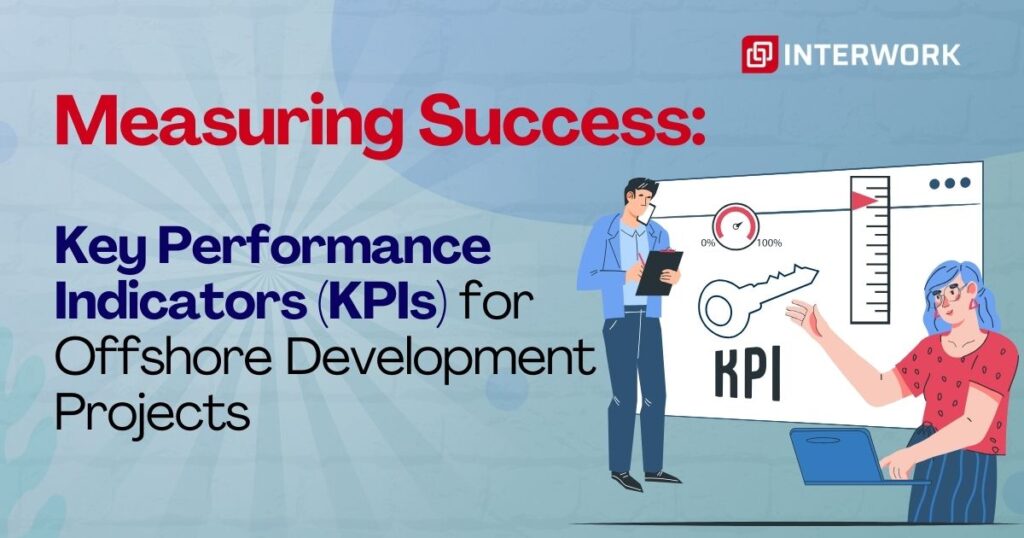Smart Manufacturing and ERP: Leveraging Industry 4.0 for Better Functionality
In the current world of dynamic industrial environment, Smart Manufacturing…
Technology partner helping businesses innovate and drive digital transformation
We understand your business better than anybody else, thanks to our domain consultants. Together with the technology experts, these domain consultants bring in years of experience to help you navigate through your technical and business challenges.
Interwork’s exclusive product approach is the cornerstone for all software engineering services that help build and design digital products using industry standards and enterprise agility frameworks. Our product strategy and management solutions, cross-channel mobile apps, DevOps transformation, and agile practices help businesses team up with us.
Embracing digital technology has never been more critical. In an era where technology is breaking down age-old barriers, businesses must create digital experiences that are consistent and connected. Our Nexgen services will enable you to win your customers’ and employees’ loyalty and trust in an environment of digital information proliferation.
Businesses can get an integrated environment with IoT, business processes, and IT consulting. Digital solutions help increase efficiency and simplify operations. Our role as a digital solution provider is to provide customers with bespoke digital experiences that enhance customer retention and open up new business prospects. At Interwork, we deliver cutting-edge services to businesses using the latest tech.
No matter where your apps exist, whether your own servers, third-party clouds, or a mix of both, we’re your one-stop cloud service provider. We can help you upgrade and migrate your apps without a hitch. As part of our cloud services, we make it easy for you to move to the cloud of your choice and keep your apps running smoothly.
You can create an omnichannel experience by connecting all your touchpoints, devices, and channels. Interwork’s strategy and UX team use the latest technology tools to develop intuitive and specific solutions for each client. A good UX design involves collaboration and iteration. We aim to make digital experiences fun and useful for clients and users.
Interwork’s end-to-end quality assurance and testing services helps enterprises manage an increasingly complex technology landscape through various solutions. Our quality assurance practices have enabled global enterprises to gain consistency, improve productivity, lower costs, and boost profits. With the help of our quality assurance frameworks, practices, and solutions, we help our clients mitigate technical and business risks.
Interwork believes that providing the target audience with a superior product or service will positively impact them. Therefore, Interwork helps startups refine their product ideas. We use technology-driven accelerators, business models, skilled resources, standardized processes, and profound experience to help startups visualize, conceptualize and execute their business requirements, turning them into profitable ventures.
No matter how well you care for your software, technical errors, system failures, faults will always occur. When that happens, don’t let it sabotage your productivity or impact your business. Reach out to us, with Interwork’s help desk and operations support offerings, we walk that extra mile to make sure your business runs 24X7.
You need the right team and the right skill set for your project to succeed. With Interwork’s IT Staffing Services, you can hire qualified and experienced resources quickly ramp up your application development initiatives. Whether you need a prototype or a full-scale enterprise app, we’ve covered you.
Interwork’s exclusive product approach is the cornerstone for all software engineering services that help build and design digital products using industry standards and enterprise agility frameworks. Our product strategy and management solutions, cross-channel mobile apps, DevOps transformation, and agile practices help businesses team up with us.
Embracing digital technology has never been more critical. In an era where technology is breaking down age-old barriers, businesses must create digital experiences that are consistent and connected. Our Nexgen services will enable you to win your customers’ and employees’ loyalty and trust in an environment of digital information proliferation.
Businesses can get an integrated environment with IoT, business processes, and IT consulting. Digital solutions help increase efficiency and simplify operations. Our role as a digital solution provider is to provide customers with bespoke digital experiences that enhance customer retention and open up new business prospects. At Interwork, we deliver cutting-edge services to businesses using the latest tech.
No matter where your apps exist, whether your own servers, third-party clouds, or a mix of both, we’re your one-stop cloud service provider. We can help you upgrade and migrate your apps without a hitch. As part of our cloud services, we make it easy for you to move to the cloud of your choice and keep your apps running smoothly.
You can create an omnichannel experience by connecting all your touchpoints, devices, and channels. Interwork’s strategy and UX team use the latest technology tools to develop intuitive and specific solutions for each client. A good UX design involves collaboration and iteration. We aim to make digital experiences fun and useful for clients and users.
Interwork’s end-to-end quality assurance and testing services helps enterprises manage an increasingly complex technology landscape through various solutions. Our quality assurance practices have enabled global enterprises to gain consistency, improve productivity, lower costs, and boost profits. With the help of our quality assurance frameworks, practices, and solutions, we help our clients mitigate technical and business risks.
Interwork believes that providing the target audience with a superior product or service will positively impact them. Therefore, Interwork helps startups refine their product ideas. We use technology-driven accelerators, business models, skilled resources, standardized processes, and profound experience to help startups visualize, conceptualize and execute their business requirements, turning them into profitable ventures.
No matter how well you care for your software, technical errors, system failures, faults will always occur. When that happens, don’t let it sabotage your productivity or impact your business. Reach out to us, with Interwork’s help desk and operations support offerings, we walk that extra mile to make sure your business runs 24X7.
You need the right team and the right skill set for your project to succeed. With Interwork’s IT Staffing Services, you can hire qualified and experienced resources quickly ramp up your application development initiatives. Whether you need a prototype or a full-scale enterprise app, we’ve covered you.



In the current world of dynamic industrial environment, Smart Manufacturing…
In today’s milieu of industrial evolution, integrating modern technologies has…
In the era following the Fourth Industrial Revolution, Industry 4.0…
In the rapidly evolving landscape of manufacturing and technology, Industry 4.0…

Key Performance Indicators (KPIs) are measurable metrics that determine if a project is accomplishing its goals. By concentrating on the proper KPIs, organizations can gain valuable insights into the progress of offshore development projects and use data-driven decisions to enhance their outcomes. To ensure effectiveness, it is essential to define clear and measurable objectives and to identify appropriate KPIs to monitor progress and assess success.
Effective project management is essential for the success of any offshore development project. It helps organizations to deliver projects within budget, on time, and according to the defined scope. By tracking the right Key Performance Indicators (KPIs), businesses can ensure that they are meeting their project goals. Some key KPIs for project management include:
Tracking KPIs related to the performance of offshore development teams is crucial for the success of a project. It helps organizations identify areas for improvement and optimize resource allocation. The productivity and efficiency of the team are critical KPIs that need to be monitored. Some key KPIs for team productivity and efficiency include:
To ensure the success of offshore development projects, it is crucial to prioritize client satisfaction and effective communication. Organizations can track key performance indicators (KPIs) related to client satisfaction and communication to ensure that the project meets the client’s expectations and maintains a strong relationship with them. Some important KPIs to consider are:
Tracking KPIs in offshore development projects requires the use of appropriate tools and methods. These tools and methods enable organizations to collect, analyze, and visualize data, making it easier to monitor KPIs and assess project performance. Some commonly used tools and methods for tracking KPIs in offshore development projects include:
Identifying and tracking the right Key Performance Indicators (KPIs) is crucial to measuring the success of an offshore development project. By monitoring project management, software development quality, team productivity, and client satisfaction, organizations can gain valuable insights, identify potential issues, and take appropriate actions to ensure project success. Make data-driven decisions to drive project success and ensure that your offshore development project delivers the desired outcomes.